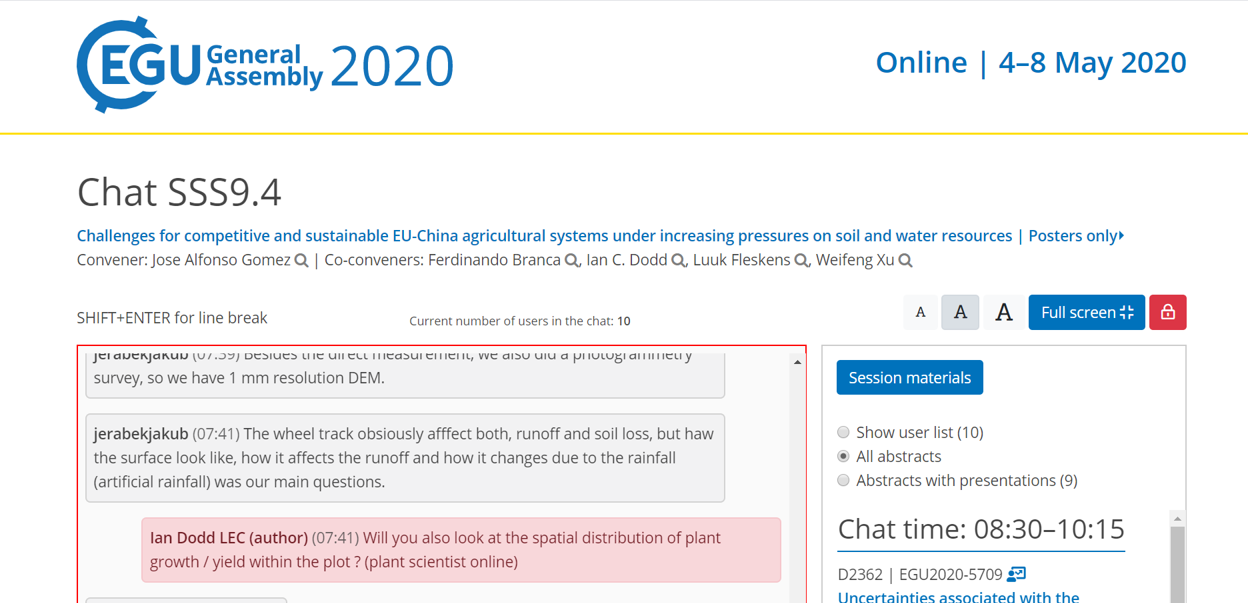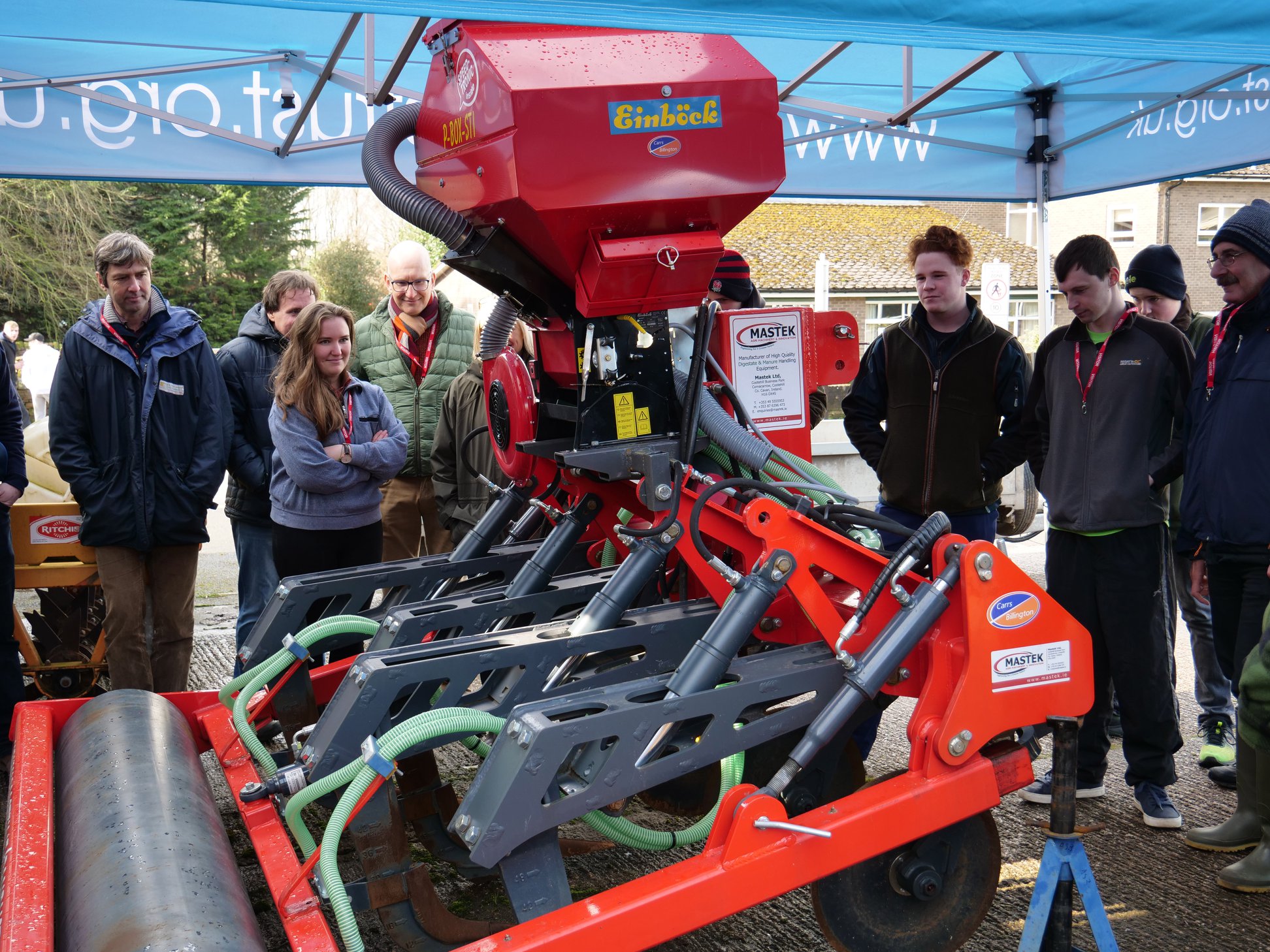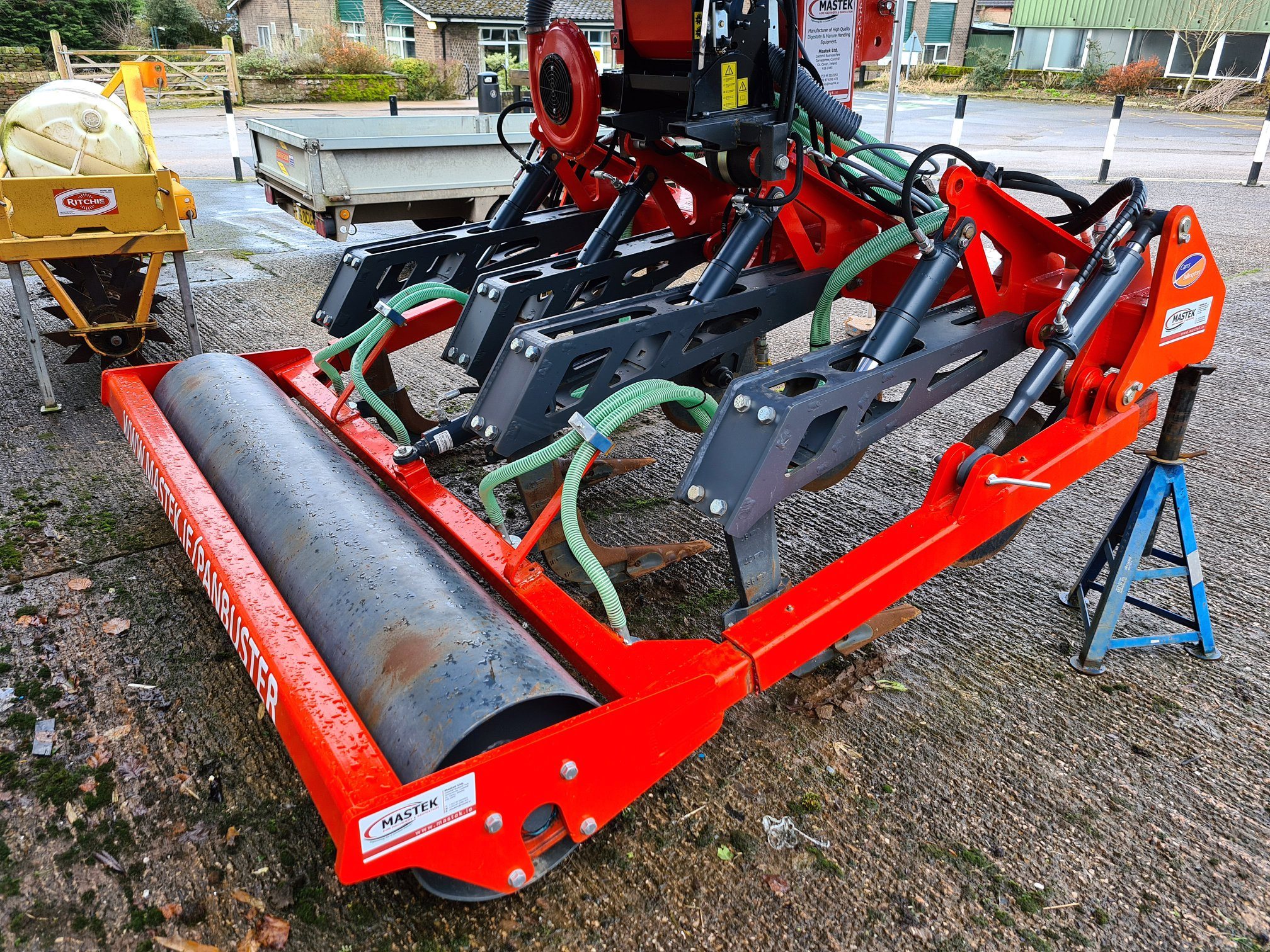Bright and early (0730 in UK time) on a Monday morning, instead of physically convening over a Viennese coffee, 10 intrepid researchers / bloggers joined an online discussion of EGU session SSS9.4 entitled “Challenges for competitive and sustainable EU-China agricultural systems under increasing pressures on soil and water resources”, with SHui amply represented.

Our co-ordinator Jose Gomez hosted the session, with 9 chat-based presentations and a “home movie” on Gully Erosion that can be downloaded below (watch out Netflix!).
There was a diverse range of presentations, including mapping soil erosion, determining productive (transpiration) and non-productive (evaporation) agricultural water use and use of water-saving irrigation techniques. Ian Dodd concluded proceedings with a presentation on a previous EU project that allowed EU early career researchers to spend significant research time in China.
There was considerable post-session discussion of trying to operate in a Covid-19 environment.
SHui partners also contributed to other sessions, such as Czech Technical University PhD students Nina Noreika and Tailin Li, who presented in the session HS2.2.1 “Models and Data: Understanding and representing spatio-temporal dynamics of hydrological processes”.
The SHui presentations were the following and can be downloaded:
Uncertainties associated with the delineation of management zones in precision agriculture
Tomás R. Tenreiro, Margarita García-Vila, José A. Gómez, and Elías Fereres
David Zumr, Jakub Jeřábek, Josef Krása, and Tomáš Dostál
Research challenges on gully erosion control in EU and China
Jose Alfonso Gomez, Guangju Zhao, Honghu Liu, Yu Yang, Javier Lopez, and Yun Xie
Gunther Liebhard, Andreas Klik, Peter Strauß, and Reinhard Nolz
Evaluating AquaCrop for simulating response of tomato to irrigation induced salinity
Yuki Ito and Alon Ben-Gal
Recent trends in crop rotation in the Czech Republic and associated soil erosion risks
Josef Krasa, Tomas Dostal, David Zumr, Adam Tejkl, and Miroslav Bauer
Diego Intrigliolo, Emilio Nicolas, Francisco Pedrero, Pedro Nortes, and Juan José Alarcón
SEW-REAP: planting the seeds of early career soil-soya research in China
Ian Dodd, Pedro Castro, Purificacion Martinez-Melgarejo, Francisco Perez-Alfocea, Jian Tian, Hon-Ming Lam, Jianhua Zhang, and David Tyfield





